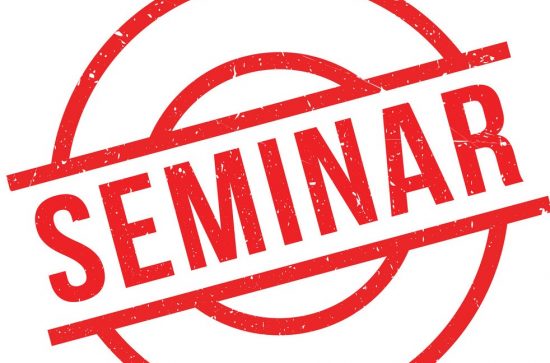
We welcome Patricio Salgado-Rebolledo, a researcher in theoretical physics to give a bonus seminar to finish out our 23/24 seminar series on Wednesday, 14th August at 2pm.
Abstract:
The low-energy regime of the fractional quantum Hall effect (FQHE) is well known to be described by both Abelian and non-Abelian Chern-Simons theories, with the corresponding chiral edge states captured by rational conformal field theories. However, there exist other collective excitations in the FQHE that cannot be explained by topological field theory alone. One example is the long wavelength limit of the Girvin-MacDonald-Platzman (GMP) mode, a gapped spin-2 mode associated with nematic order in a FQH liquid, which can be described using non-relativistic geometry. In addition to the GMP mode, further collective excitations described by non-relativistic higher-spin fields must be introduced into the existing effective field theory of the FQHE to fully reproduce the GMP algebra.
In the first part of this talk, I will present a non-relativistic model based on a Chern-Simons theory that is invariant under a supersymmetric extension of the Nappi-Witten algebra, capturing the physical properties of the Moore-Read state in the FQHE. The boundary dynamics of this theory are governed by a supersymmetric WZW model, which reduces to a chiral boson and a chiral Majorana fermion, consistent with the boundary states of the Moore-Read state.
In the second part of the seminar, I will introduce an effective theory of higher-spin fields in the FQHE. This description is based on Landau de Gennes Lagrangians associated with the p-atic order of an FQH liquid, which generalizes the known effective theory of the GMP mode. Finally, I will show that this effective description can be derived from a relativistic higher-spin theory in 2+1 dimensions by taking an appropriate non-relativistic limit.
